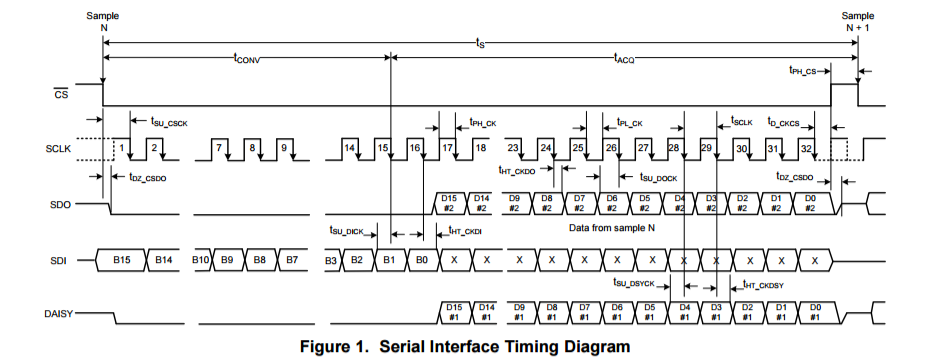I am working on an ADC, it is the ADS8688EVM-PDK. I configured that with my pc, I installed the TI software, but I noticed that the software does not allow you to read more than 13k samples. So I am wondering if it possible to go above this limit and keep reading data in real time until you want.
Thank you in advance.



